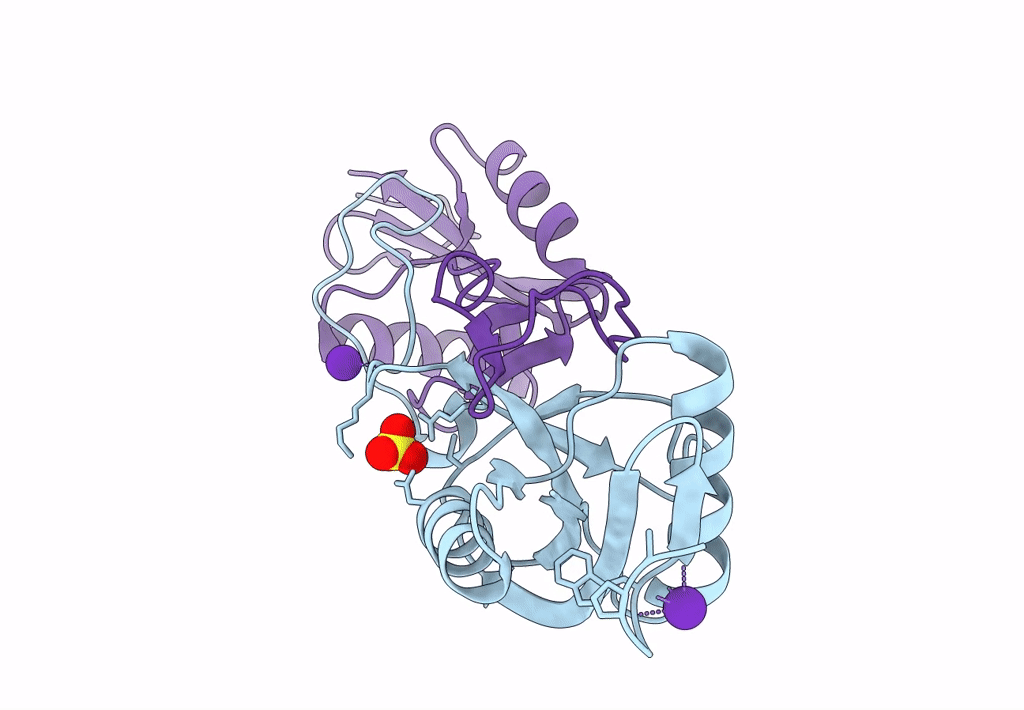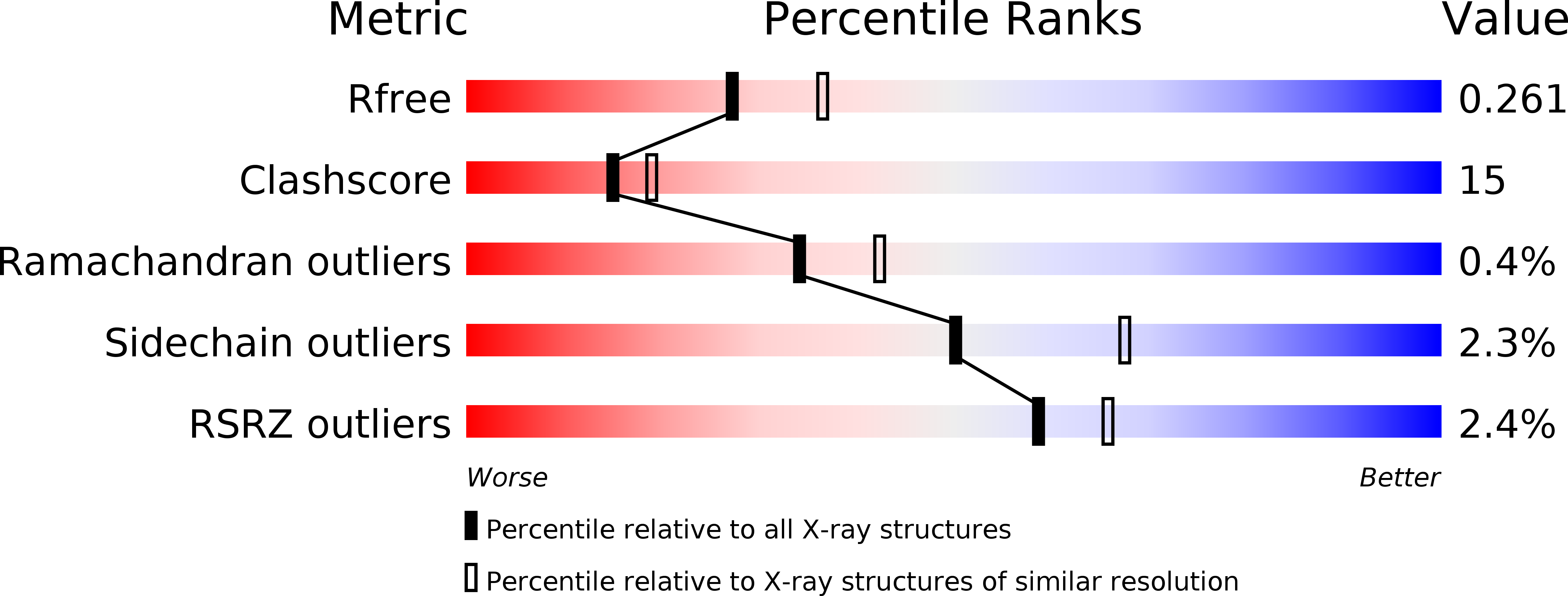
Deposition Date
2005-04-26
Release Date
2005-10-04
Last Version Date
2024-10-16
Method Details:
Experimental Method:
Resolution:
2.29 Å
R-Value Free:
0.28
R-Value Work:
0.21
Space Group:
C 1 2 1


